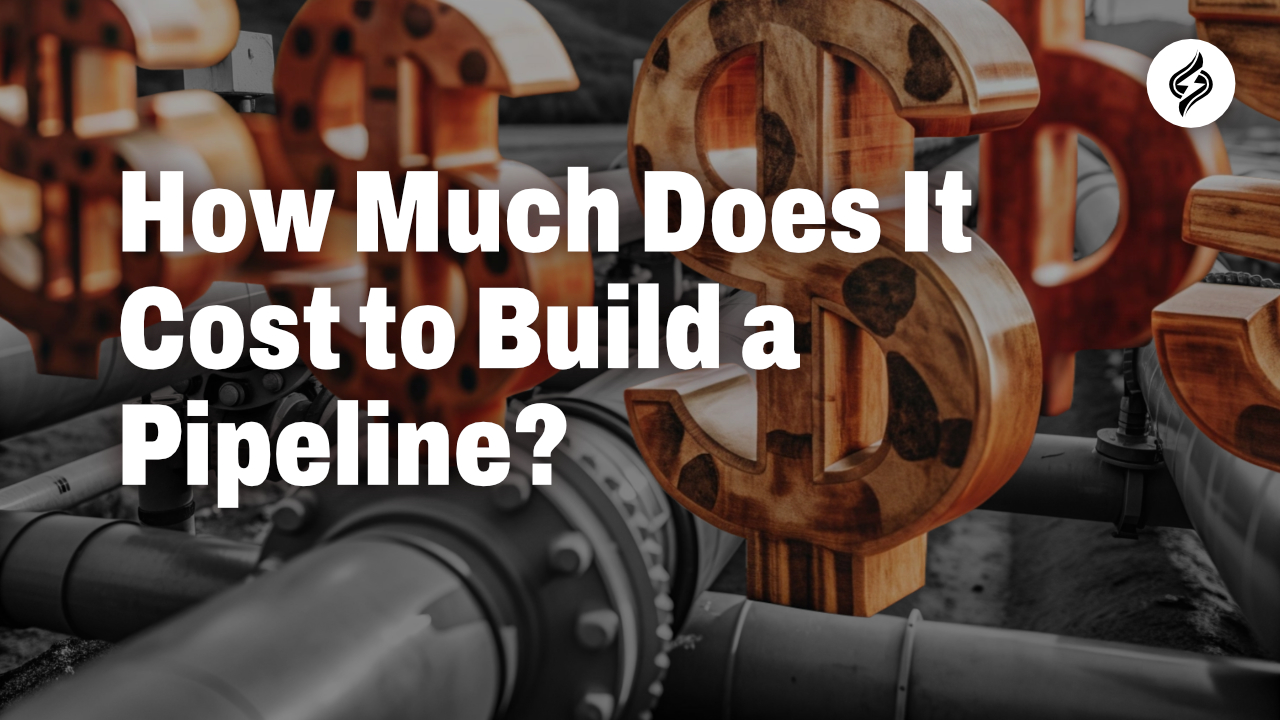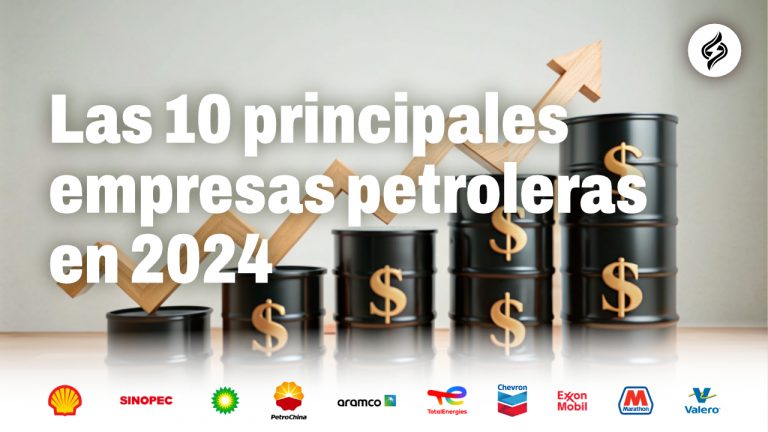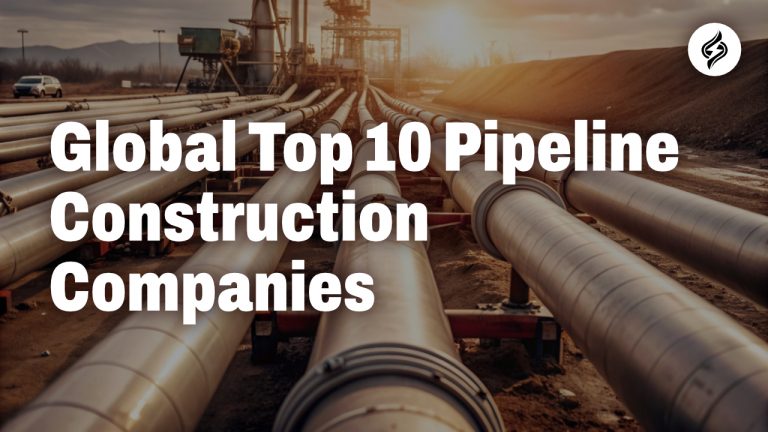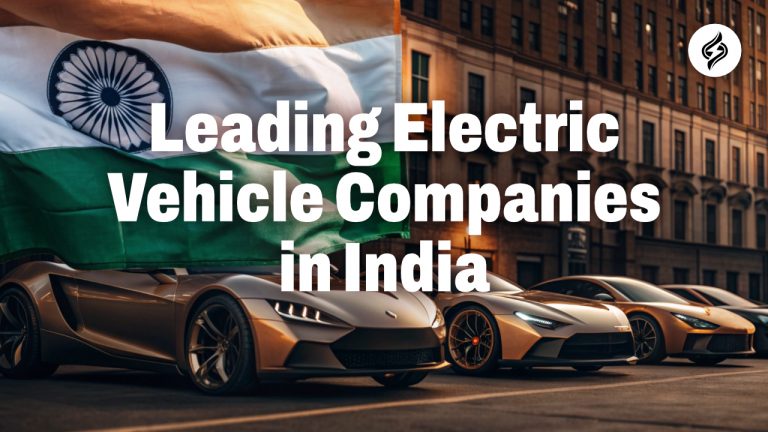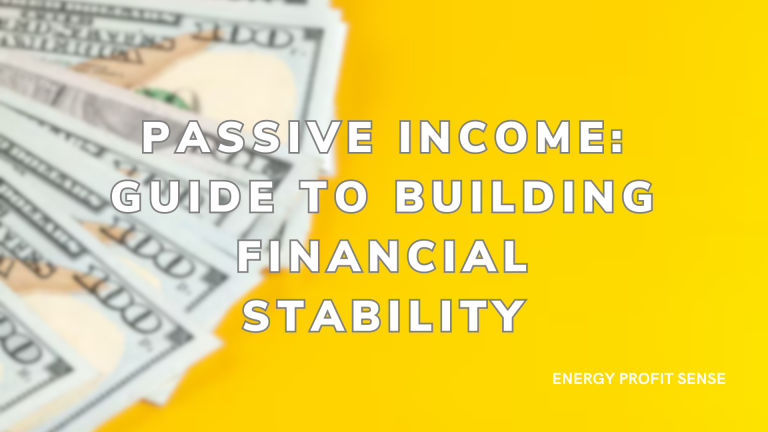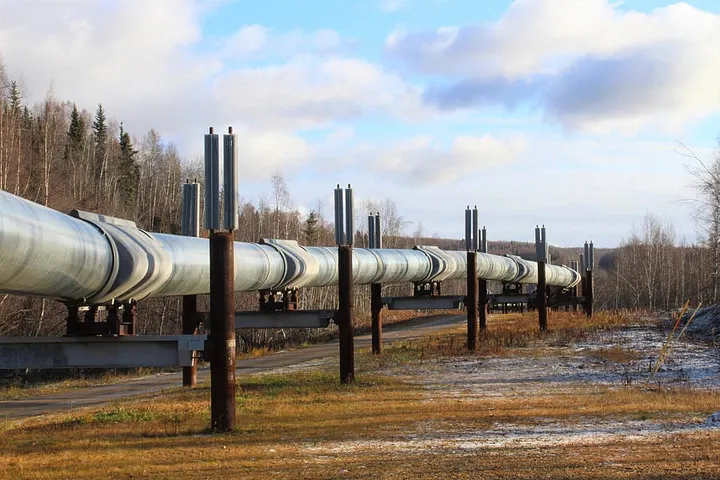
The cost of constructing a pipeline in Dubai can vary widely due to several factors. These factors include the length of the pipeline, the materials used, the terrain it traverses, and any specialized construction techniques or equipment required. Labor costs and other elements also play a significant role in determining the overall expense. Therefore, providing an accurate cost estimate for a pipeline project necessitates detailed information about the specific project.
Pipelines are crucial infrastructure components, but their construction can be expensive. This article explores the costs associated with building pipelines and the factors influencing these costs.
The Cost of Building a Pipeline
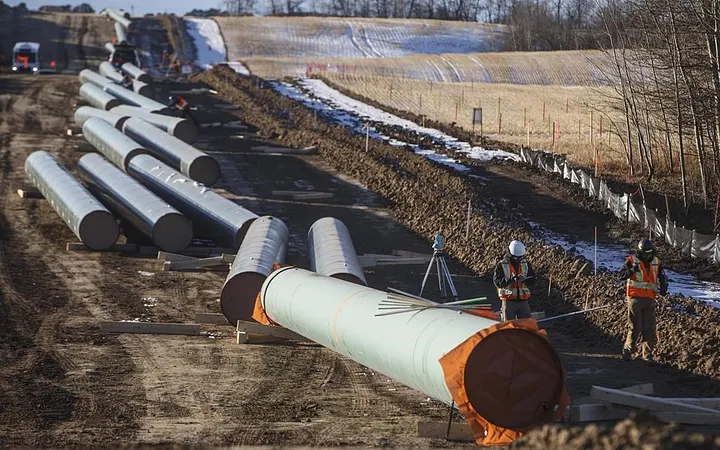
There is no straightforward answer to the cost of constructing a pipeline, as it can vary greatly depending on several factors. However, some primary expenses in pipeline construction include:
- Building a Pipeline: The average cost can range from $2 million to $10 million per mile, depending on the project’s length and complexity. Several factors contribute to the final cost of a pipeline project, including:
Terrain
- The type of soil and the difficulty of digging through it can significantly impact costs.
Distance
- Longer pipelines naturally incur higher costs compared to shorter ones.
Number of Valves and Fittings Needed
- Each valve or fitting adds to the project’s overall expense.
Material Used
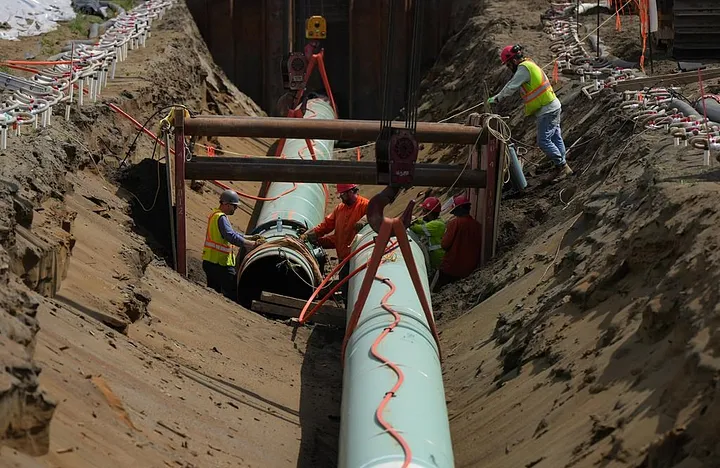
- Pipelines made from materials like steel or plastic are generally more expensive than those constructed from aluminum or concrete.
In general, constructing a pipeline in Dubai costs millions of dollars just for the construction phase. Additional expenses, such as maintenance and repair, arise throughout the pipeline system’s lifespan.
Labor
- Labor costs can be substantial, especially when covering extensive terrain. Contractors often charge by the hour or mile, making it crucial to account for all labor costs when budgeting for your project.
Materials
- The materials required for pipeline construction can also be costly. Pipes themselves can be expensive, and additional components like valves, connectors, and pumps may also be needed. It is vital to choose high-quality materials that will withstand constant use.
Conclusion
While building pipelines can be costly, they offer many benefits, such as improved infrastructure, enhanced performance, and strengthened economic ties. When budgeting for your project, it is essential to consider all associated expenses to ensure successful completion.

Yaropolk Dabrowski is a distinguished energy investing editor and a prominent expert in financial topics, renowned for his keen insights and analytical approach to the complex intersections of energy markets and investment strategies. With over a decade of experience in the financial sector, Yaropolk has established himself as a thought leader, guiding investors through the intricacies of sustainable energy investments and the impact of global market trends. His expertise spans across diverse areas, including renewable energy, oil and gas, and emerging technologies, enabling him to provide nuanced perspectives that resonate within the financial community.
Recognized for his contributions to top-tier publications, including Forbes, Yaropolk’s writing blends rigorous research with accessible language, making him a sought-after commentator on financial developments. His collaborative efforts with leading investment firms and industry experts further cement his reputation as a trusted resource for investors looking to navigate the dynamic landscape of energy investment. Beyond his editorial work, Yaropolk is dedicated to educating the next generation of investors, advocating for responsible and sustainable investing practices that prioritize long-term growth and environmental stewardship.

